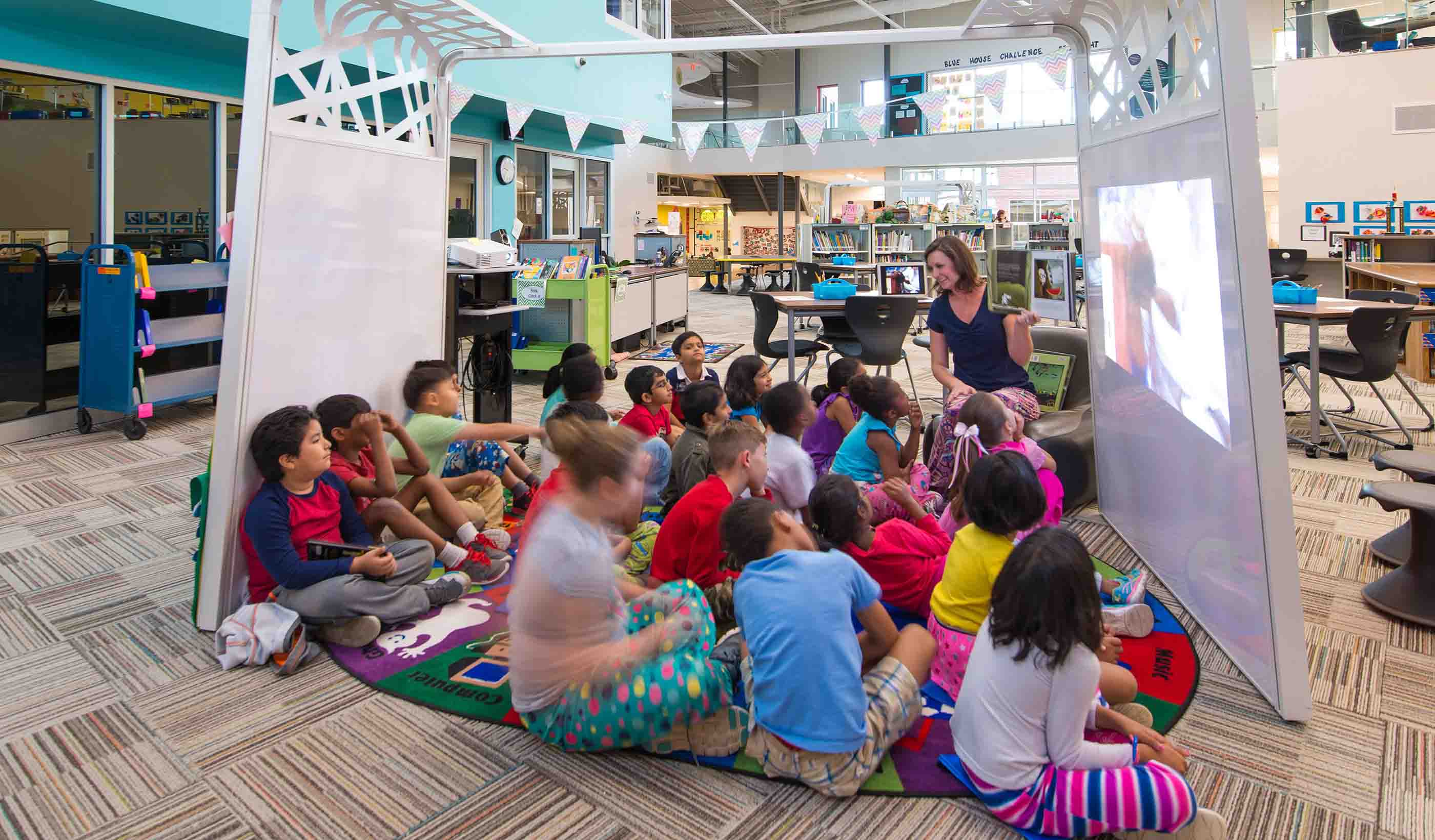What's the impact of school design on student learning?
July 18, 2016
July 18, 2016
Research into Richard J. Lee Elementary School helps answer the question
To me, schools are sacred places that mold our next generation’s future. As an environment-behavior researcher, I’ve committed to research to help make them even more effective. I want to know, will designing schools differently really help students stay happier, more focused, and learn better? How can we identify and measure such impacts to inform future design? How can we know it is the design instead of other factors that brought such positive impacts? As such, I was thrilled when Stantec presented a rare research opportunity at Coppell, TX.

Background: Working with the Coppell Independent School District, Stantec designed a one-of-a kind school, Richard J. Lee Elementary, which features collaborative learning spaces and represents a departure from traditional school design (Figure 1). They also worked with the Coppell ISD to replace the furniture seen in traditionally designed schools with new alternatives that facilitate collaboration (Figure 1). This offers a unique opportunity for both cross-sectional and “natural experiment” studies that is difficult to find in real life.

What we did: We set out to measure the impacts of these design interventions on student satisfaction and learning through multi-phased research. Guided by a socio-ecological framework, we made sure to include all possibly important factors involving personal, social, and physical environment levels in the study.
Right now, we have results from Study 1, where we compared school A (traditional school and furniture designs, before receiving new furniture) with School B (Lee Elementary with innovative school and furniture designs). We conducted online student surveys in May 2015 to collect information like personal characteristics, satisfaction with the school environments, and student engagement. All the questions used a 5-point scale, with higher ratings indicating more favorable conditions. We also conducted statistical tests to compare two schools in areas of student behavior and emotional health.

What we found: With 335 survey responses, we found more favorable ratings across the board for Lee Elementary, and most of these also showed statistical significance for such differences (Figure 4). Students in Lee Elementary were more satisfied with their school environment in terms of acoustics, lighting, thermal comfort, view, buildings and specific function areas, as well as furniture design. What’s more, students in Lee Elementary were more emotionally engaged and had less behavioral and emotional disaffection in the learning process.

What it means: This study revealed greater satisfaction and more engaged learning in the newer school that offered innovative building and furniture designs that facilitate collaboration. The results imply a possible correlation between using innovative design and improving learning outcomes, which we will test later.
Next step: For Study 1, we will run further analysis to see how personal, social, and built environmental factors influence the student’s engagement in learning while all these factors are considered. For Study 2 and Study 3, a second round of surveys is complete at both schools after School A has been using the new furniture for one year. I can’t wait to see what the next round of results reveal. Stay tuned for our next blog where we’ll discuss our findings.